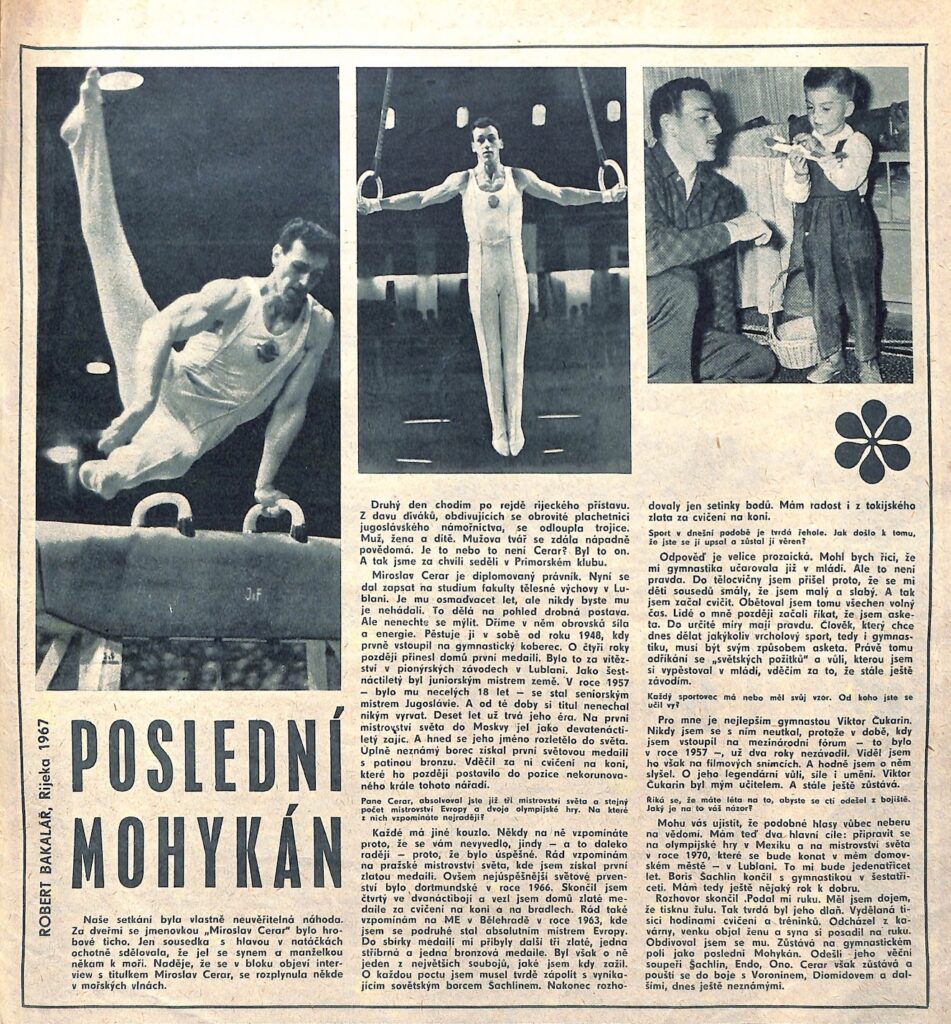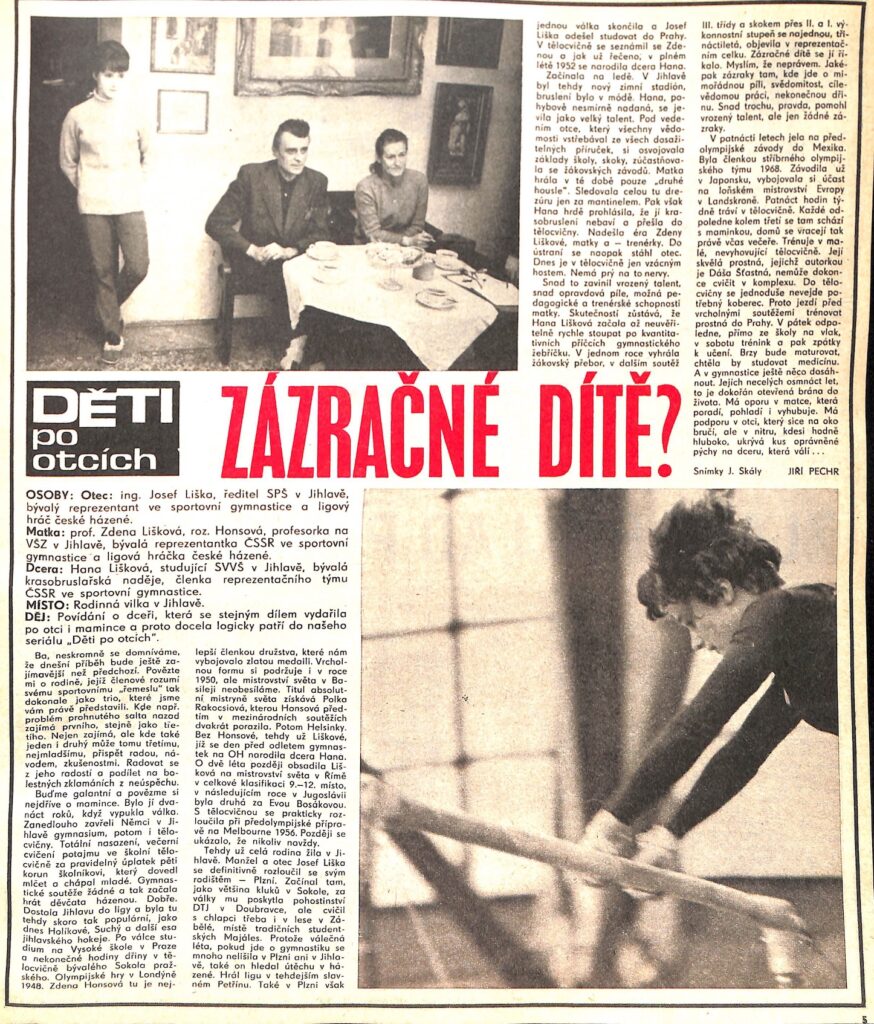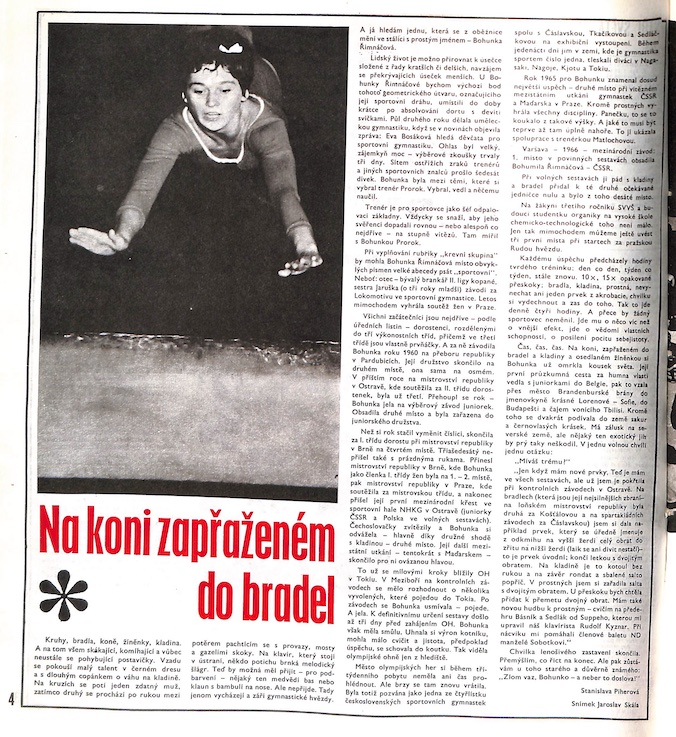Edvard Mikaelian was part of the Soviet teams that finished second at the 1972 Olympics and 1974 World Championships. In the lead-up to the Munich Olympics, he finished sixth at the USSR Championships and fourth at the USSR Cup. At the Olympics, he tied for 20th in the all-around.
The following interview, printed in the Czechoslovak weekly Stadión, fleshes out the character of one of the lesser-known members of the Soviet men’s team. It portrays him as a trendy, fashionable citizen of the world, who loved both ballet and American rock and roll, including the Rolling Stones, Jimi Hendrix, and, of all things, the musical Jesus Christ Superstar.

Note: This profile includes an anecdote that would no longer be socially acceptable to print today.




